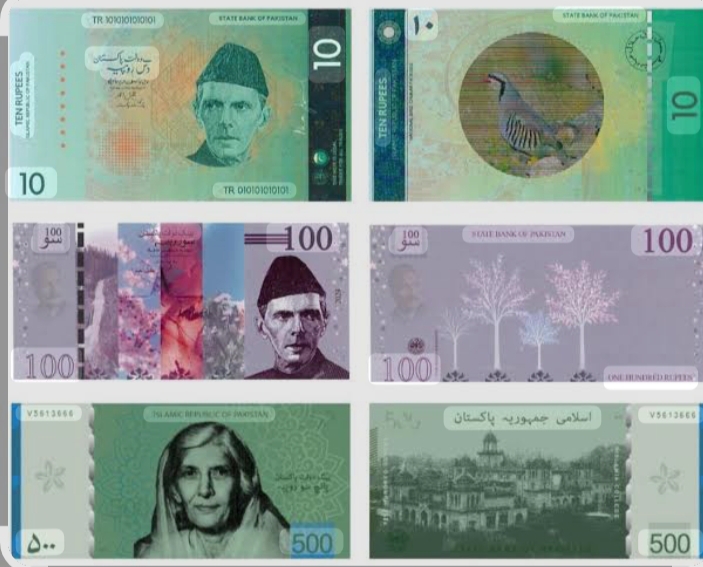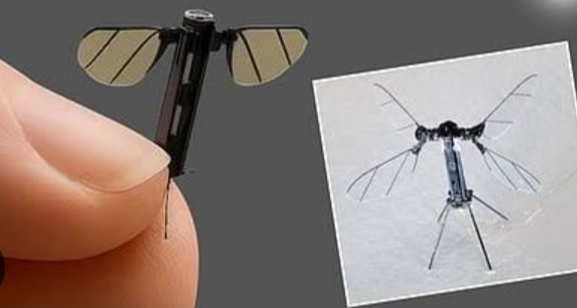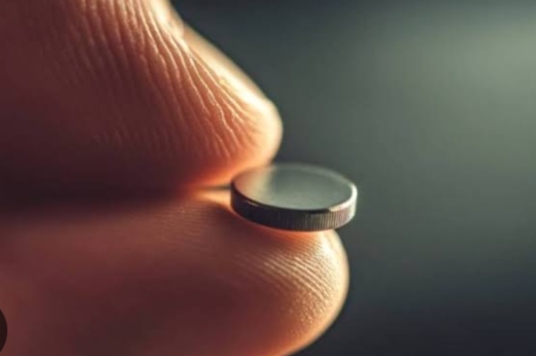What is Virtual Reality (VR)?
Virtual Reality, or VR, is a technology that creates a simulated environment using computer graphics. By wearing a VR headset, users are transported into a 3D world that feels incredibly real. This digital space responds to their head movements, body gestures, and sometimes even voice, allowing them to look around, walk, and interact as if they were actually there. Whether you're climbing Mount Everest or exploring the ocean floor, VR makes it all possible — without ever leaving your room.
A New Era of Gaming
Gaming is one of the most thrilling uses of VR. Traditional video games are fun, but VR games take the experience to a whole new level. Instead of watching your character move on a screen, you become the character. Popular games like Beat Saber, The Walking Dead: Saints & Sinners, and Half-Life: Alyx allow users to physically duck, dodge, swing, and explore. The adrenaline rush, immersion, and interaction are unmatched.
Transforming Education
VR is completely changing the way students learn. Imagine studying the solar system by flying through space, or learning history by walking through ancient Rome. VR brings textbooks to life. It engages students with visual and hands-on experiences, making learning more effective and enjoyable. Schools and universities across the globe are adopting VR to teach complex subjects like biology, physics, and geography in a more interactive way. ---
Realistic Training for Professionals VR is also revolutionizing professional training. Surgeons can now practice complex operations in a virtual environment without any risk to patients. Pilots use VR flight simulators to learn how to handle dangerous situations. Even soldiers and firefighters use VR for realistic, high-pressure simulations. This kind of training boosts confidence, reduces errors, and saves lives.
Healthcare and Mental Wellness VR isn’t just for fun — it’s helping people heal. Therapists use VR to treat anxiety, PTSD, and phobias by exposing patients to controlled virtual environments. Patients with chronic pain can be transported into calming VR landscapes, reducing the need for painkillers. Children with autism use VR to practice social interactions in a safe, structured setting. The mental health benefits of VR are proving to be powerful and life-changing. ---
Social and Work Connections With platforms like VR Chat, Meta Horizon Worlds, and Mozilla Hubs, people can socialize in virtual spaces, attend parties, or have group discussions — all with avatars. Businesses are using VR for remote meetings, team collaboration, and virtual conferences. This makes working from home feel more like working together, reducing isolation and improving productivity. ---
The Limitless Future of VR The possibilities with VR are endless. Soon, people might attend virtual concerts, go shopping in 3D malls, or even travel the world without leaving their couch. As VR becomes more affordable and widespread, it could become a regular part of everyday life. Combined with augmented reality and artificial intelligence, the virtual world is set to become more intelligent, immersive, and interactive.
Conclusion
Virtual Reality is not just science fiction — it’s a fast-growing reality shaping our future. From entertainment and education to medicine and social life, VR is changing the way we experience the world. One thing is clear: the virtual revolution has only just begun.



